LG's stunning resurgence in 2017
This article may contain personal views and opinion from the author.
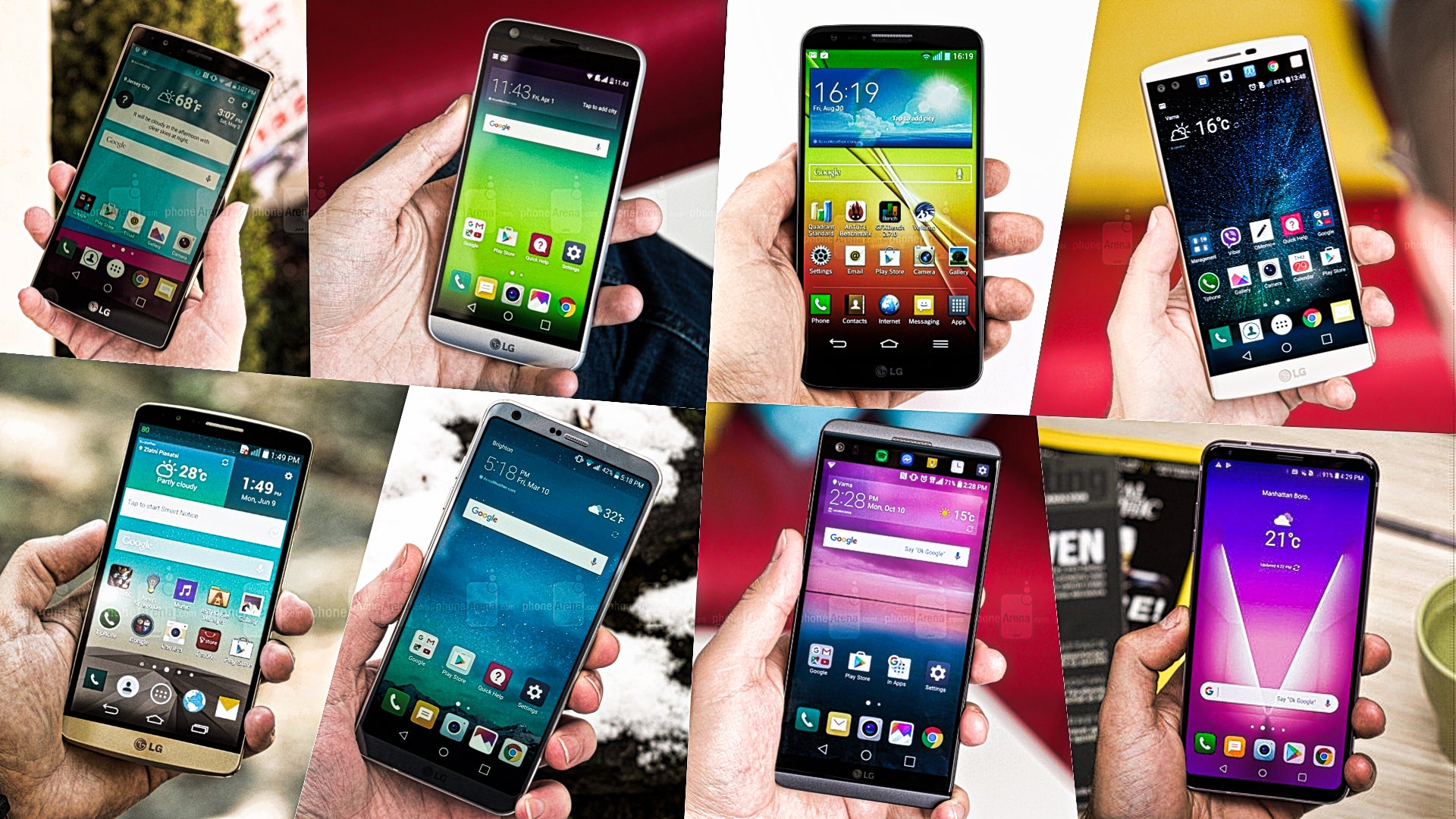
No one wants to be the runner-up, or the second-place finisher, just because you know that despite all of the efforts put into something, there's still someone else that has done it better than you. That's exactly the predicament that South Korean based company, LG, has seen itself year-after-year for as long as they've been in the Android smartphone market. Looking back at nearly the last decade alone, they've always seemed to be in the shadow of Samsung's grandiose acclaims – always coming ever so close, but never once finishing ahead of its esteemed rival.
Coming off 2016's disappointing efforts
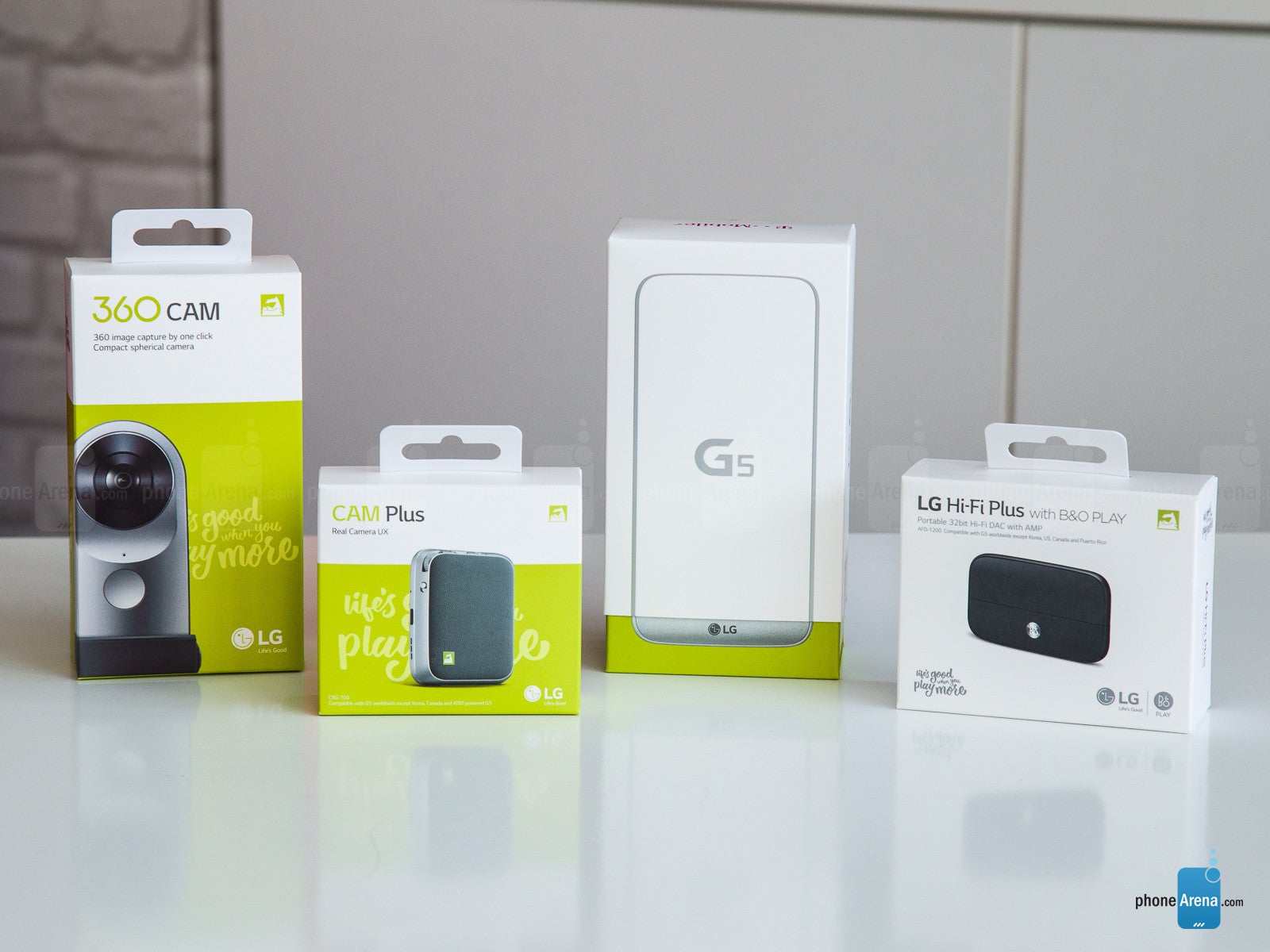
The LG G5 'friends'
"LG believed that it was doing something revolutionary with the G5, but as we've quickly seen, its implementation was soon eclipsed by the more practical Moto Mods introduced with the Moto Z"
Fortunately, they quickly adapted to the lukewarm reception, paving the way for a glint of hope with the LG V20 soon afterwards, in attempt to salvage what it could for the year ending in 2016. On the surface, it borrowed its sibling's metal construction, but ditched the modularity of the G5 in favor of a more straightforward, streamlined approach. This decision to some extent could've been brought on by the lack of consumer interest in modularity, so regardless of the fact that the V20 couldn't escape the sour reputation of the G5 before it, there was already this growing change happening within LG to do better.
However, it needed something else entirely unexpected to happen for them to turn things around.
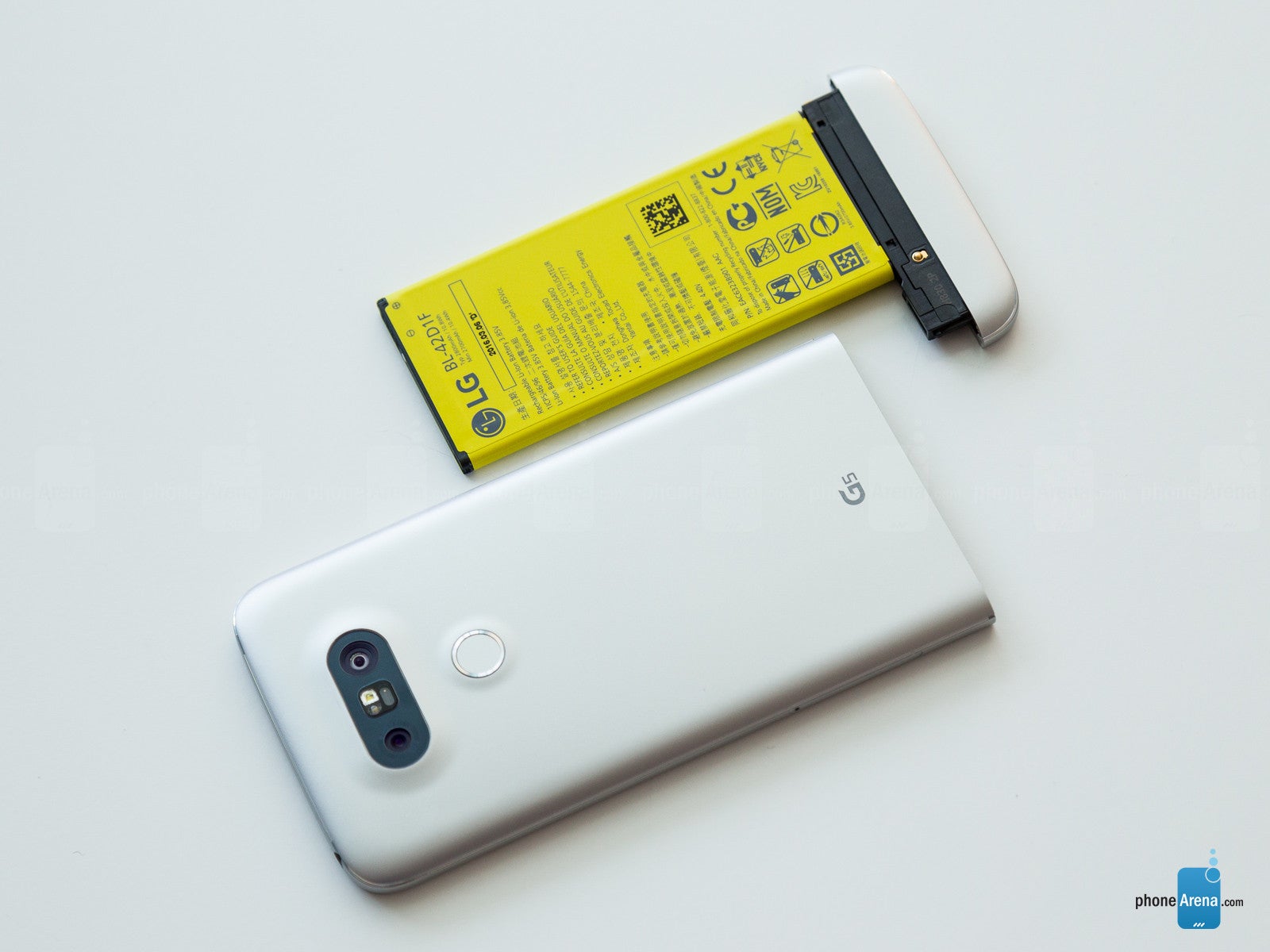
Unexpected help from the Samsung Galaxy Note 7
LG's opportunity came around with Samsung's debacle with the Galaxy Note 7 in the fall of 2016. You could say that Sammy was sailing smoothly prior to the events that unfolded with the Note 7, but that undoubtedly changed everything, causing the juggernaut in the smartphone space to go into disaster/recovery mode. We all know by now how significant this moment was in the landscape, but at the same time too, it bought LG the opportunity to start thinking about its strategy for the subsequent year.
When we look back to LG's beginnings in Android space, they've never been able to shed that reputation of being a second-place finisher to Samsung. And in the greater scheme of things, they were still competing against the hordes of other major players in the space – like Apple, HTC, and Huawei to name a few. But this single moment can be attributed to the genesis of LG's eventual turn around.
A refocus back to the basics
Aiming to forget what transpired in 2016 with its flagship, LG definitely wanted to go back to the drawing board and produce something far more palatable. The result here was the LG G6, one of the first major flagship smartphones to be announced in 2017 – ushering a new chapter for the company. Out of all the other handsets unveiled at MWC 2017, the LG G6 was voted best phone of the show by many outlets and industry personnel – including myself, who was surprised by the phone's complete 180-degree transformation.
"You can say that it was this sort of 'going back to the basics' approach with the G6"
Failing to spur interest with its modular flagship the prior year, the LG G6 ditched that in favor of a totally new redesigned smartphone that focused heavily on some of the core features that the series has been building out since its inception. You can say that it was this sort of "going back to the basics" approach with the G6, which too sheds its all-metal construction in favor of that trendy metal meets glass water-resistant design. The phone as a whole was a substantial improvement over its predecessor, earning acclaim in the process, but it wasn't without some drawbacks – like the it being powered by the older Qualcomm Snapdragon 821 chip.
Despite that, this was regarded as a valid win for LG, steering them towards the correct direction. The opportunity also allowed LG to highlight the stringent quality assurance testing that the phone is put through, with a focus on its battery – a knock to the Samsung Galaxy Note 7's issues. Proving to be one of the biggest shakers during MWC 2017, the LG G6's supremacy was later tested with the announcement of the Samsung Galaxy S8 a month later. Granted that the LG G6 helped to wash away the failures of the G5 before it, the Galaxy S8 ended up being a more coveted device in the long run. In fact. It was a more refined, superior performing smartphone that continued Samsung's dominance over LG.
Enter the LG V30, the no-BS smartphone
Mid-year, LG was still in an odd position because Samsung appeared to somehow come out on top – even though the Note 7 disaster was still fresh in the minds of many. By the time fall 2017 arrived, LG seem poised to deliver their biggest punch to date with the video-centric V30, which is something that the series has taken pride on focusing over other features. What's amazing, though, was that the V30 ensured itself that it was a high-end smartphone in every facet.
First and foremost, it was endowed with all of the latest and greatest hardware, including a Qualcomm Snapdragon 835 SoC – something that was absent with the G6 earlier in the year. Even better was the fact that the V30 was that no-BS smartphone that delivered all the goods consumers want in a phone. From the water-resistant premium design, to its dual-camera setup, and even its incorporation of a microSD card slot, wireless charging, and 3.5mm headphone jack, the V30 was every bit of the no-BS, no excuses smartphone we all crave! Even as we're closing out the year, the LG V30 continues to stand prominently for its uncompromising features.
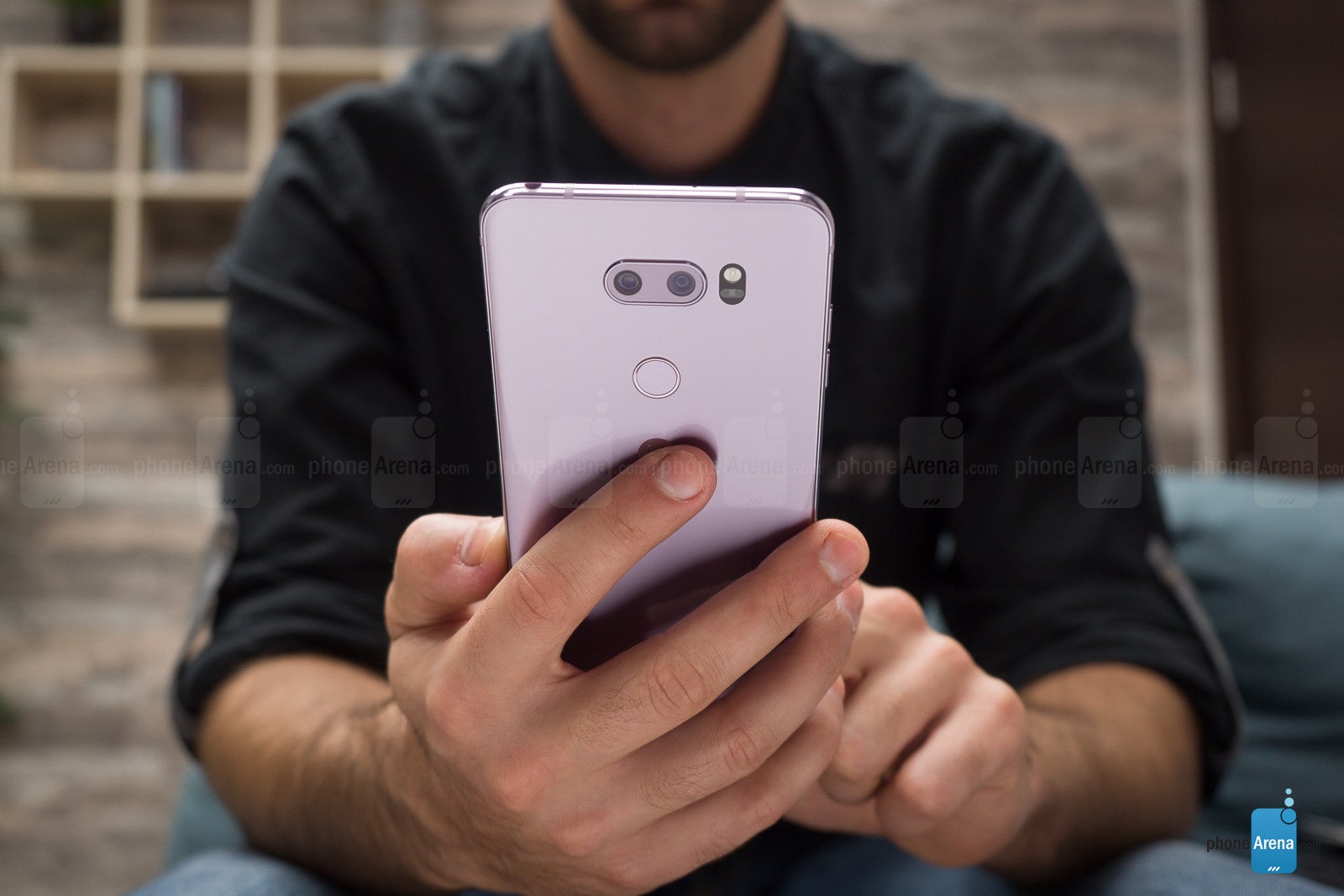
Rich with features, the LG V30 proved to be a hit with the critics.
By the time it was unveiled officially during IFA 2017, it earned surprising initial remarks from critics, analysts, and the media. And when we look at the current lineup of smartphones competing during the holiday period right now, very few phones can match the breadth of features that accompany the LG V30. That alone is what makes it so impressive in the current landscape, as it doesn't compromise in any sort of way. Adding to that as well, the phone was priced lower than most of its esteemed rivals at approximately $830 – versus the higher price points of the iPhone X, Galaxy Note 8, and Huawei Mate 10 Pro.
Speaking of the Note 8, which was announced a little later after the V30, most people believed that the Korean giant would blow things out of the water given the Note 7's disastrous explosion the prior year. Surprisingly, though, Samsung opted to take the approach a bit more cautiously with the Note 8, which in hindsight was arguably the logical thing to do. While it was still perceived as a powerhouse, it wasn't particularly flaunting the kind of features rich package we've been accustomed to seeing in the Note line – you can say that it was a moderate upgrade versus its predecessor.
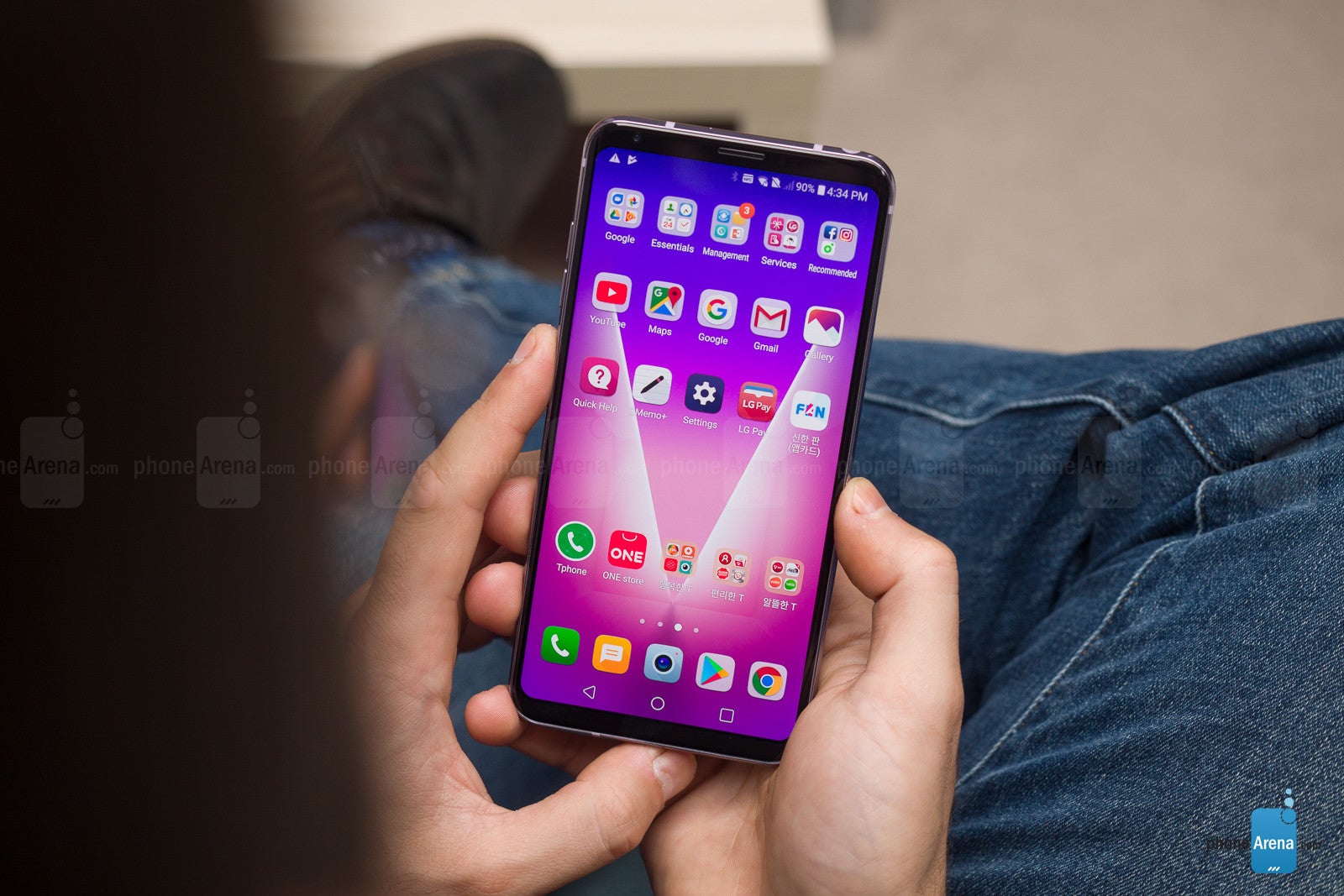
Still, I have to hand it to LG for meticulously taking the time to deliver something grandiose – and it felt complete from top to bottom! This was the kind of spark that LG needed to reassert itself as a top contender in the market, because prior to this year, their place in the market was undeniably questionable. And you know what? The timing couldn't have been any more in favor to LG, as it managed to steal the thunder that generally greeted Samsung's fall flagship.
Partnering up with Google
As if one success was asking too much from LG, the company managed to ink a deal with Google to manufacture Pixel 2 XL. Technically a "made by Google" device, LG was contracted behind the scenes to manufacture the larger-sized of the two new Pixels launching later in the fall. Even though the initial reactions to the phone have been mostly positive, issues relating to the screen and other things soon emerged shortly after its release. Considering that Google was ultimately in charge with the end product, LG didn't seem to suffer as much of the brunt in this particular case.
It's not to say that LG's not out of the woods just yet, but the situation is very different here because it's slapped with that "made by Google" tagline – so at the end of the day, it's Google who will be the one to be facing the questions and concerns from consumers. At worst, this could somehow affect Google's relationship with the Korean company, or even potentially dismissing them entirely with future endeavors, but that's something that only time will unearth.
What's remarkable to me is that LG has its hands dipped in the best photo and video-centric smartphones this year! The Google Pixel 2 XL, along with its machine learning and camera algorithms, help aid the phone to deliver some of the best-looking photo-still captures seen around – easily eclipsing the dual-camera wielding phones meant to deliver those creamy looking "portrait" shots. On the other end of the spectrum, the LG V30 is unmatched when it comes to its video-centric features, manual controls, and "Cine" color grading modes. No other phone in recent memory can match the kind of depth offered by the V30's video features!
Stunning transformation & huge gains in the market
As the end-of-the-year quickly approaches, I'm enamored by LG's drastic transformation in such a short period of time. Sharing the sentiments of many other colleagues and friends in the industry, it's almost unbelievable to know that LG rose to the occasion after the adversities it faced after last year's disappointments. True, I was rather skeptical about its ventures early on in the year, but towards the end, they definitely surprised me in more ways than one.
"The results speak for themselves, as LG's major offerings this year have proven their worth amongst the elites in the space."
Learning and adapting are qualities we ended up seeing in LG's performance throughout the year. Indeed, it remains unseen whether they'll end up seeing green and generating profits based on earning reports, but the fact remains that they've made huge strides in reshaping their reputation from the year before. That alone is the kind of spark that's required to maintain an upward swing going into the new year.
Ripe opportunity to capitalize on success
Earning the momentum that finally puts them on a level path to success, it'll be intriguing to see what the company intends to do for 2018. Needless to say, we'll continue to see successors for both its flagships lines, but we're going to be more curious about how they'll be able to innovate in the space to continue being relevant. Sure, iterative improvements are always greatly appreciated, however, it may require yet another risk to continue this healthy stream of success.
For now, though, we'll leave it at what it is right now – and that's applauding LG's stunning resurgence in 2017! LG's gamble to refocus its priorities paid off with the G6 early in the year, and subsequently, they really executed magnificently with the V30 at the end of the year. CES 2018 is around the corner, followed by MWC 2018 right after that, so the next couple of months will be critical for them.
Follow us on Google News













Things that are NOT allowed:
To help keep our community safe and free from spam, we apply temporary limits to newly created accounts: